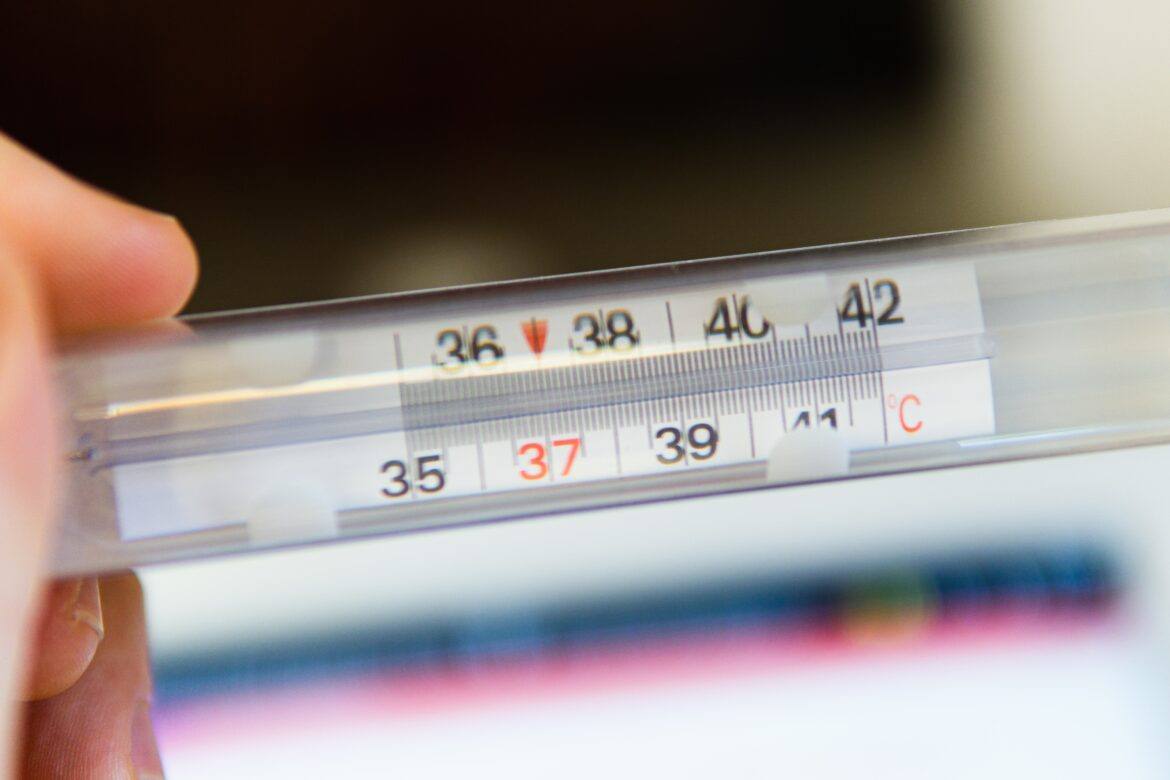“The air conditioning can’t keep up with the Texas heat,” shared a colleague one hot summer. “If the temperature rises higher than 80 degrees, we start paying attention!” Your wide area network (WAN) server room is heat sensitive. If you consistently run server/network equipment at temperatures higher than 90 degrees Fahrenheit, it is likely to fail. The district will lose its significant investment. Who wants to lose half a million dollars because a campus classroom couldn’t handle the heat? Let’s check out a few low-cost solutions.
From the Field: “We’ve had our AC go out a few times in the server room, even with a brand new unit. I can’t afford to replace all the equipment and sure can’t afford down time. If I know there is a temperature issue, I can come up here and turn everything off until the AC is fixed to prevent damage.”
Avoid Fire Sprinklers
“How hot does it have to get in here before the sprinklers go off? We’d be really be up the creek then!,” said one assistant superintendent. Fire sprinklers in rooms converted to house expensive server equipment could be a disaster. The short-term solution while the air conditioning unit was fixed was to put fans in the open, unsecured doorway of the WAN room. More expensive fire suppression and cooling systems present a better alternative.
Fix the Problem
Solutions abound for beating the Texas heat in server rooms, including some of the following:
-
Constructing a building just to house a district’s Wide Area Network (WAN) room;
-
Installing an air conditioning unit just for the WAN room that is separate from the main building.
-
Replacing existing racks with self-cooled racks that consolidate space and eliminate the need for the equipment to rely on a school’s air conditioning units.
This can be quite expensive, though. Small districts may find themselves cash-strapped. Temperature gauges present one less expensive option.
Monitor the Problem
“Price is always an issue, but less so for me in this case because of the value of the equipment being protected.” When you have hundreds of thousands of dollars in one room with critical data, you have to treat losing all of that to anything, including the Texas heat, as a disaster recovery event worth preventing.
Several benefits of monitoring include the ability to gather data on the temperature if it rises above the maximum temperature allowed. Also, it enables your technical support team to respond quickly and shut down critical equipment.
“I used the data from these monitors to get the district to purchase me a back-up air conditioner unit for my MDF!”
(source: Texas technology director)
You can accomplish temperature monitoring with “smart” temperature gauges that will send SMS text messages via phone, as well as email, alerts. There are a variety of criteria (source: IT WatchDog).
Selecting a Temperature Gauge
Ready to select a temperature gauge? Consider these criteria:
-
Ease of installation
-
SMS text message to a mobile phone
-
Price and recurring costs, if any
-
Temperature threshold for alert to be sent
-
Specific sensing parameters (e.g. presence of water, fire, tampering)
These temperature gauges will send out a message that looks like this:
NOC #1 Temp Alert: Temperature is out of range. The current temperature is 98.2 degrees Fahrenheit. Current acceptable range is 68 to 80 degrees Fahrenheit.
Link to device http://100.0.0.1 (fake)
Be Heat Sensitive with These Solutions
Here are six temperature gauge solutions available and in use in Texas school district server rooms:
-
-
Cost: $145
-
Actual feedback from a school district: R26W for our NOC’s and RA3E’s for our MDF/IDF’s. The monitoring is set up to email us when temps exceed or drop below configured levels. There are wet and dry contact sensor options. Room Alert 3E
-
-
-
Cost: $ Price varies
-
Actual feedback: I use IT Watchdog. Have had one in my server room for YEARS. I now use them for my refrigerators and freezers. It Watchdogs are very inexpensive.
-
-
-
Cost: $299.99
-
Actual feedback: Two of the WiFi Editions are installed, one in each of our network and server rooms. So far, so good!
-
-
-
Cost: $450-$500
-
Actual feedback: We have one of their Computer Room Guards and two of the Server Room Net Guards. Easy to set up and so far very reliable.
-
-
-
Cost: $200-$300
-
Actual feedback: Triplite temperature sensors are connected to our UPSes in all our IDF/MDFs. These report with temperature information to our Solarwind’s Orion SNMP trap. The Orion sends SMS messages at various temperatures and, if the closet exceeds a maximum threshold, the Triplight UPSes shut off the network equipment before damage is done from the high temps. This works great and has really helped protect the district’s technology hardware. You do not have to use an SNMP trap server, but it helps increase functionality.
-
-
-
Cost: Work through an available reseller; check web site for list
-
Actual feedback: They work wonderfully and the prices are really good.
-
Closing Thoughts
If you’re worried about a hot Texas summer zapping your server/network equipment while you’re away, invest in a temperature gauge. While falling short of a full refit of your network center, it can help you avert disaster.

